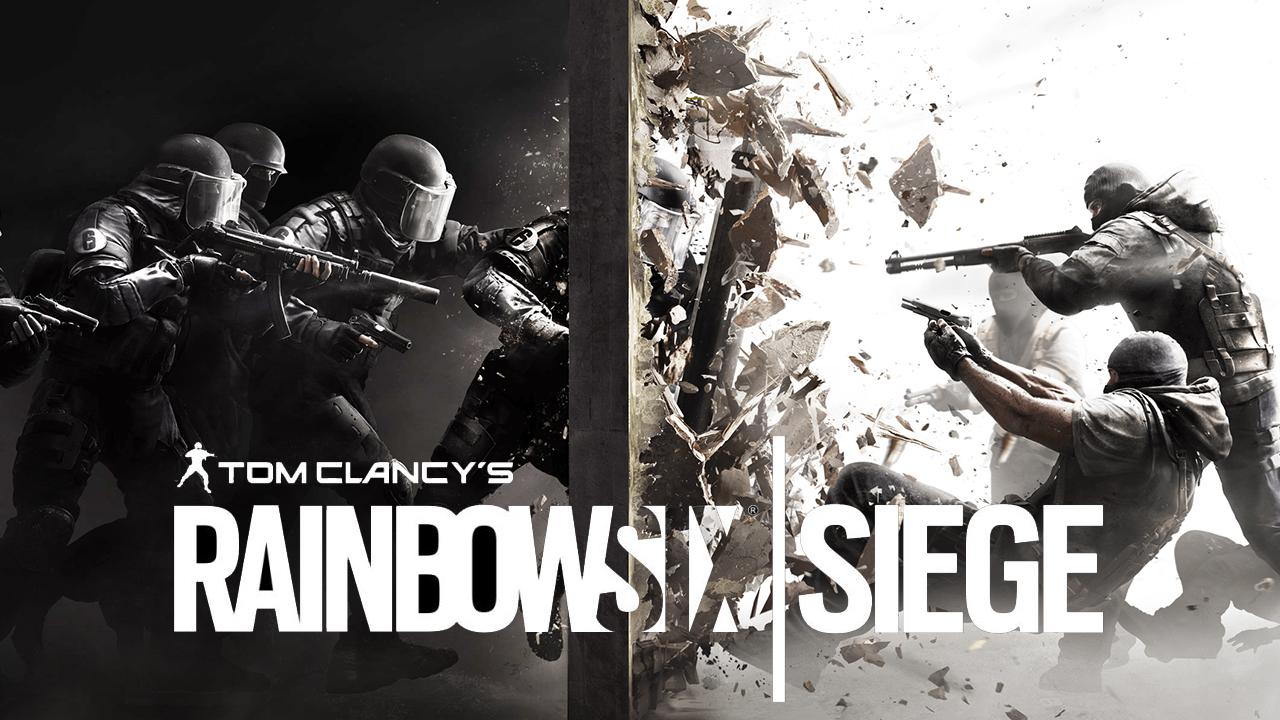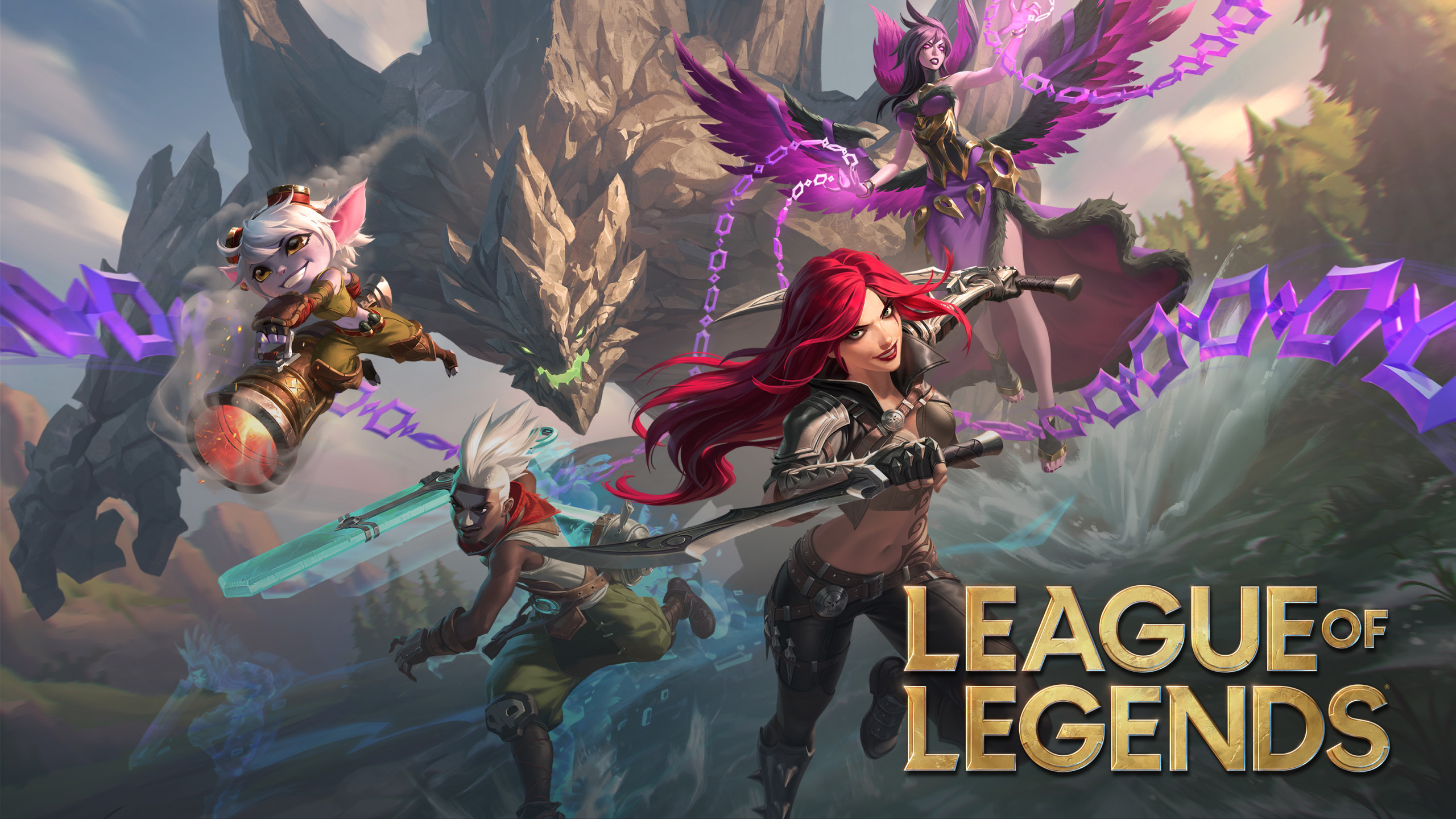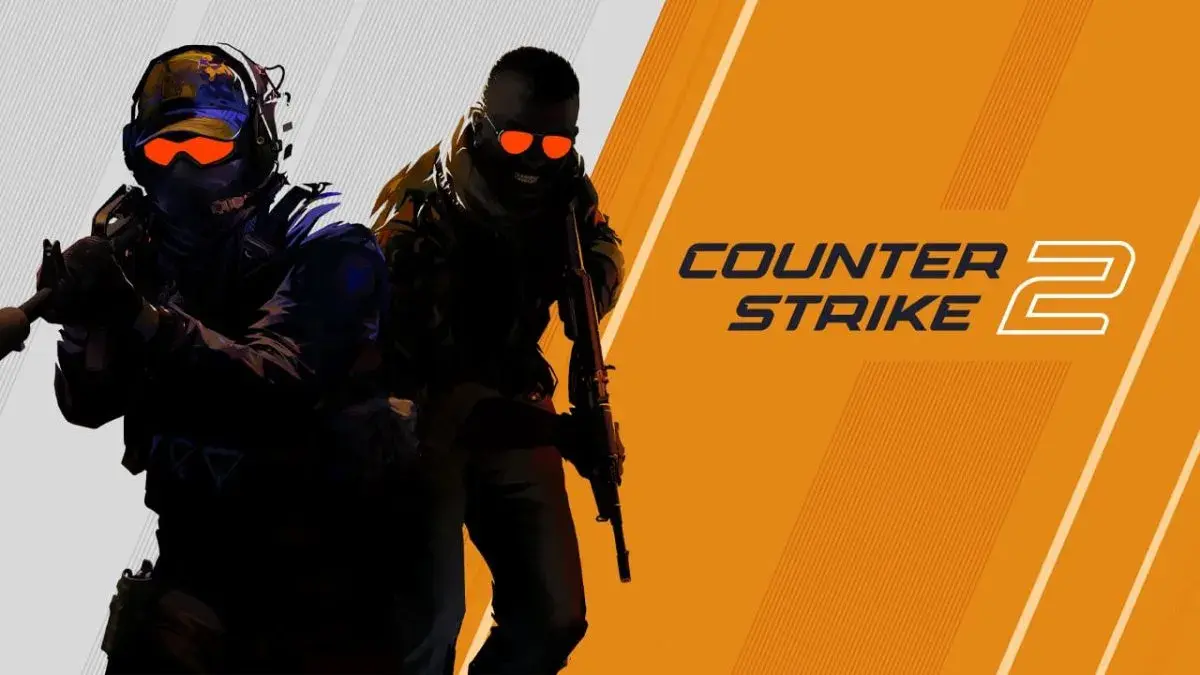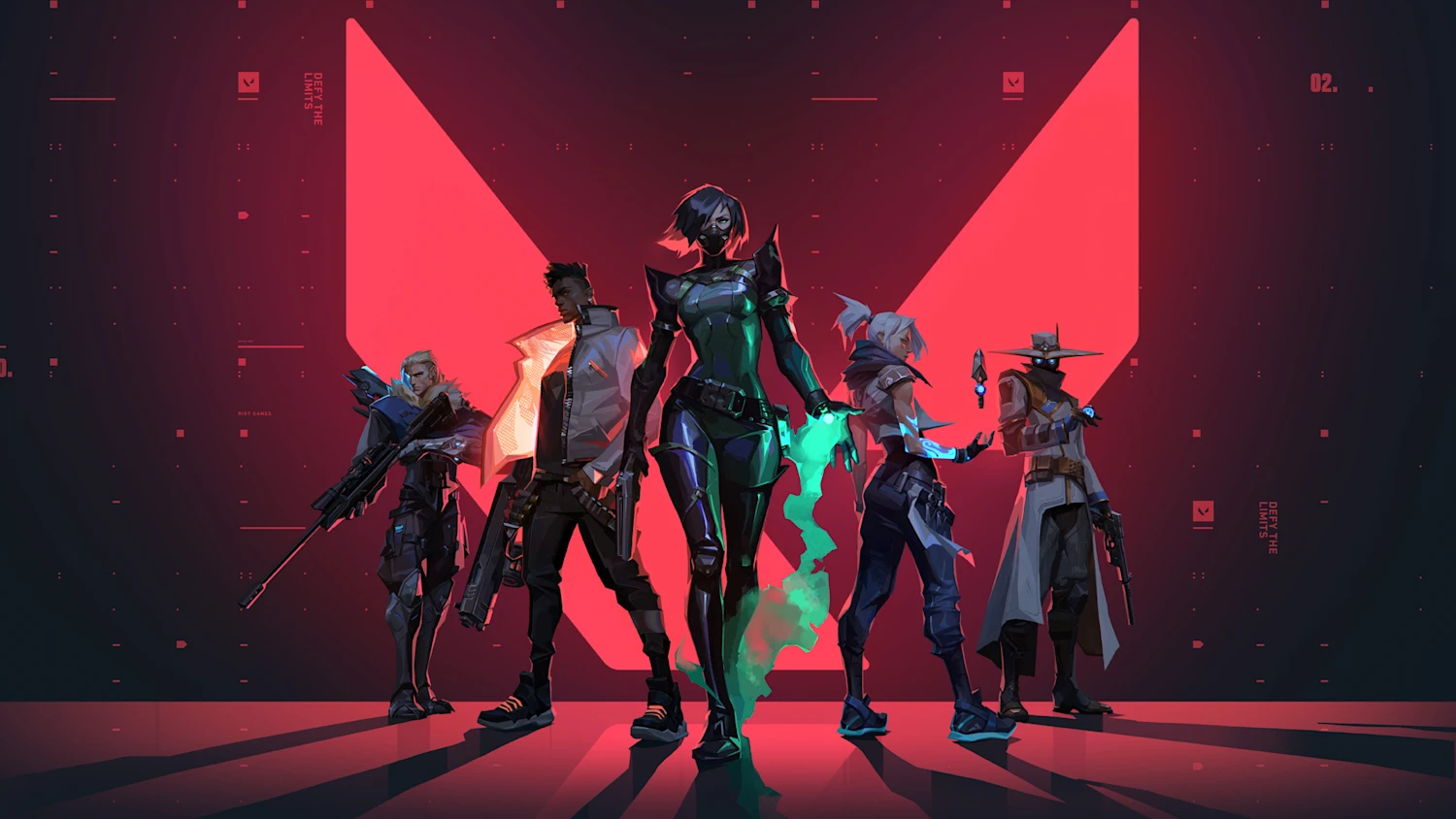Building a competitive Rainbow Six Siege stack isn't just about finding five players who can aim—it's about creating a tactical unit where each player's operator pool, playstyle, and role complement the others. The difference between a coordinated five-stack and five talented solo players is the difference between Platinum and Diamond.
In Rainbow Six Siege, information is currency, roles are specialized, and team chemistry determines who wins the crucial 4-4 overtime rounds. Understanding how to progressively build a stack from duo queue to a full competitive roster transforms your ranked experience and your climb through the competitive ladder.
Whether you're a Gold player looking to build your first consistent team or a Platinum squad trying to break into Diamond, this guide will show you exactly how to construct a balanced, synergistic stack that dominates ranked matches.
Introduction
After analyzing hundreds of successful Rainbow Six Siege teams from Gold through Champion ranks and interviewing players about their team-building experiences, one pattern emerges clearly: The most successful teams don't form overnight. They evolve through deliberate progression—starting with a solid duo, expanding to a reliable trio, and eventually completing a balanced five-stack.
The tactical depth of Rainbow Six Siege demands more from teams than most competitive shooters. You need hard breach specialists who can open walls, support players who bring utility, flexible fraggers who can adapt roles, anchor players who hold sites, and roamers who gather intel. Each position requires specific operator pools, game sense, and communication styles.
But finding players who fit these roles while also matching your schedule, communication preferences, and strategic approach? That's the real challenge. While finding compatible teammates can be challenging, platforms like Jynx are making it easier with AI-powered matchmaking that considers role preferences, operator pools, and playstyle compatibility, not just rank.
Let's explore the complete roadmap for building a championship-caliber Rainbow Six Siege stack from the ground up.
The Foundation: Understanding R6 Siege Roles
Before building your stack, you need to understand the five core roles that create a balanced team.
Hard Breach Specialists
Hard breach is the backbone of attacking strategies in Rainbow Six Siege.
Primary responsibilities:
- Opening reinforced walls on critical sites
- Creating rotation holes for team movement
- Denying denial (countering Bandit tricks, Kaid electroclaw)
- Secondary breach support (hatches, floors)
Essential operator pool:
- Thermite (primary hard breach, range advantage)
- Ace (versatile SELMA deployment, three breach points)
- Hibana (vertical play, hatches, smaller openings)
- Maverick (silent breach, counter to denial)
Player profile needed: Methodical players who read defender setups, communicate utility usage, and have excellent map knowledge. Hard breach specialists need patience to work around denial while reading when to commit resources.
What to look for in teammates: Players who call out Bandit/Kaid positions, coordinate with flank watch, ask about wall priority before breaching, and don't waste gadgets on low-priority walls.
Support Players
Support brings the utility that makes everything else possible.
Primary responsibilities:
- Removing defender utility (bulletproof gadgets, traps)
- Providing team utility (healing, area denial)
- Secondary breach (soft walls, hatches)
- Flank watch and intel gathering
Essential operator pool:
- Thatcher (EMP denial, straightforward support)
- Twitch (utility clear, silent approach)
- Zero (remote cameras, intel gathering)
- Flores (remote explosive drones, safe utility clear)
- IQ (detecting defender gadgets, intel role)
Player profile needed: Team-first mindset, excellent droning, willing to sacrifice K/D for utility success. Support players enable fraggers and hard breach by clearing defender setups.
What to look for in teammates: Players who ask "what utility do you need cleared?" before executes, drone teammates onto site, track defender utility usage, and don't ego-peek unnecessarily.
Entry Fraggers and Flex Players
The players who take space, get opening picks, and adapt to what the round needs.
Primary responsibilities:
- Getting opening eliminations
- Taking map control aggressively
- Clearing roamers and establishing presence
- Adapting roles based on team needs
Essential operator pool:
- Ash (speed, fragging power, soft breach)
- Zofia (versatility, withstand utility, stuns)
- Sledge (soft breach, vertical destruction)
- Iana (intel gathering, baiting utility)
- IQ (fragging with intel, fast movement)
Player profile needed: Aggressive players with strong aim, quick decision-making, and ability to create pressure. Fraggers need confidence to take fights but discipline to know when to fall back.
What to look for in teammates: Players who get consistent opening kills, don't overextend without support, communicate enemy positions before dying, and know when to play patient vs aggressive.
Anchors and Site Players
The defensive backbone who deny plant and hold critical angles.
Primary responsibilities:
- Holding critical angles on site
- Denying plant attempts
- Playing time in post-plant situations
- Retaking site with utility advantage
Essential operator pool:
- Smoke (area denial, post-plant utility)
- Mira (intel mirrors, angle control)
- Maestro (bulletproof cameras, intel gathering)
- Echo (plant denial, intel drones)
- Goyo (area denial, rotation control)
Player profile needed: Patient players with excellent crosshair placement, strong game sense, and calm under pressure. Anchors need discipline to not peek unnecessarily and trust in their setup.
What to look for in teammates: Players who stay alive until late round, communicate attacker positions clearly, use utility to waste time, and clutch post-plant situations consistently.
Roamers and Intel Gatherers
The players who gather information, waste attacker time, and control map flow.
Primary responsibilities:
- Gathering intel on attacker spawn and approach
- Wasting attacker time and utility
- Getting flank eliminations during executes
- Rotating back to support site when needed
Essential operator pool:
- Vigil (avoiding drone detection, pure fragging)
- Caveira (silent movement, interrogations)
- Pulse (heartbeat sensor intel, vertical play)
- Alibi (deception, intel through prismas)
- Valkyrie (intel cameras, team vision)
Player profile needed: High game sense players who know when to pressure vs when to rotate. Roamers need mechanical skill but also tactical awareness of when their roam is effective vs when to cut losses.
What to look for in teammates: Players who call out attacker numbers and utility used, know when to retreat to site, get flank eliminations without feeding, and create pressure without dying early.
This is exactly why AI-powered matchmaking is revolutionizing how gamers connect—it takes all these role preferences and operator pools into account automatically, matching you with players whose skills complement rather than overlap with yours.
Phase 1: Building Your Core Duo
The duo is where every successful stack begins. Your duo partner is your most important teammate—the player you'll queue with most consistently.
Selecting Your Duo Partner
Complementary roles are critical: If you're a hard breach main (Thermite/Ace), look for support players (Thatcher/Twitch) who enable your breach. If you anchor on defense (Smoke/Maestro), pair with a roamer (Vigil/Caveira) who gathers intel.
What makes a great duo:
- Opposite but compatible roles: Hard breach + Support, Fragger + Flex, Anchor + Roamer
- Overlapping playtime: Similar schedules for consistent queuing
- Communication style match: Some players want constant comms, others prefer quiet focus
- Skill level proximity: Within one rank tier (Gold with Gold/Plat, Plat with Plat/Diamond)
- Mindset alignment: Competitive grind vs casual improvement vs pure fun
Essential Duo Synergies
Attack combinations that work:
- Thermite + Thatcher: Classic hard breach synergy, never goes out of meta
- Ace + Twitch: Utility clear before SELMA deployment
- Hibana + Zofia: Vertical pressure with soft breach support
- Maverick + Nomad: Silent breach with flank watch covered
Defense combinations that work:
- Mira + Smoke: Intel windows with area denial
- Valkyrie + Pulse: Intel gathering from different angles
- Maestro + Echo: Bulletproof intel and plant denial
- Vigil + Caveira: Aggressive roam pair pressuring different areas
Communication Foundations
Start building good habits with just two people:
Callout standardization: Agree on one callout set (most teams use universal callouts or Pro League terminology). Avoid confusion by using consistent terms from day one.
Information flow:
- Call what you see: "Thatcher on rappel southeast"
- Call what you need: "Need Bandit off wall"
- Call what you're doing: "Pushing piano, watch stairs"
- Call what you want: "Stack bathroom, it's clear"
Duo scrims and practice: Run T-Hunts together for warmup, practice specific site takes in custom games, review ranked rounds where you lost critical trades.
Duo Queue Advantages
Why start with duo:
- Learn one person's tendencies deeply
- Build trust through repeated situations
- Test role compatibility before expanding
- Easier to find time for two people than five
- Lower pressure environment to develop chemistry
Ranked approach: Focus on perfecting your duo synergy on attack and defense. Don't worry about carrying random teammates—focus on executing your duo strategies flawlessly.
Phase 2: Expanding to a Reliable Trio
Once your duo consistently wins rounds together, it's time to add a third.
Finding Your Third Player
What role does your trio need? If you have Hard Breach + Support, add a Fragger or Flex who takes space. If you have Anchor + Roamer, add another roamer or flex defender who can play on-site.
Where to find compatible third players:
- High-quality random teammates from recent ranked matches
- Community Discord servers (R6 Discord, main subreddit LFG)
- Friends of your duo partner
- AI-powered matchmaking platforms that filter by role preference and operator pools
Vetting process for third members: Play 5-10 unranked matches before committing to ranked. Watch for:
- Do they communicate critical info?
- Do they tilt and blame others?
- Do their operators complement your duo's pool?
- Can they play multiple roles flexibly?
Trio Role Distribution
Balanced trio compositions:
Offensive trio options:
- Hard Breach + Support + Fragger (classic site execute)
- Hard Breach + Support + Flex (versatile approach)
- Support + Fragger + Flex (fast-paced aggression)
Defensive trio options:
- Anchor + Roamer + Intel (balanced coverage)
- Anchor + Anchor + Roamer (heavy site hold)
- Roamer + Roamer + Flex (aggressive map control)
Developing Trio Strategies
Site-specific defaults: Create basic plans for priority sites (Bank: Basement, Clubhouse: Cash/CCTV, etc.) that your trio executes regardless of what randoms do.
Example: Bank Basement attack
- Player 1 (Hard Breach): Open garage wall, default to covering corridor
- Player 2 (Support): Clear utility, drone hard breach, watch flanks
- Player 3 (Fragger): Take server control, establish refrag position
Your trio executes this automatically. Randoms can help or play elsewhere—you're not dependent on them.
Managing Trio + Two Randoms
Communication with randoms:
- Give simple, direct instructions: "Can you watch flank while we breach?"
- Don't expect complex coordination
- Work around them, not with them
When randoms feed: Accept it and adjust. Your trio still has agency to win rounds through superior coordination and utility usage.
Ready to find your perfect gaming squad? Jynx's AI matchmaking analyzes playstyle, operator preferences, and role flexibility to connect you with compatible teammates who share your competitive goals and strategic approach.
Phase 3: Completing Your Five-Stack
The jump from trio to five-stack is massive. Now you control all five players every round.
Roles to Fill in Your Final Two Slots
Assessing your trio's gaps: List your trio's operator pools. Identify what's missing:
- Do you lack hard breach backup? (Need Hibana/Maverick player)
- Missing intel gathering? (Need Valkyrie/Zero player)
- Weak on fragging? (Need entry fragger)
- No plant denial? (Need Echo/Smoke player)
Ideal final two additions:
- Flexible player: Comfortable on both attack and defense in multiple roles
- Specialist player: Deep mastery of critical operators (Thatcher, Hibana, Echo)
Building Operator Pool Coverage
Every five-stack needs coverage across:
Attack essentials:
- 2 hard breach players (primary and backup)
- 2 support players (primary and backup)
- 2-3 fraggers/flex players
- At least one Nomad/Gridlock for flank watch
- At least one soft breach (Sledge/Buck/Zofia)
Defense essentials:
- 2-3 intel operators (Valkyrie, Maestro, Echo, Pulse)
- 1-2 area denial (Smoke, Goyo, Tachanka)
- 2-3 roamers (Vigil, Caveira, Ela)
- 1-2 trap operators (Lesion, Kapkan, Frost)
- At least one anti-breach (Bandit, Kaid, Mute)
Five-Stack Dynamics and Leadership
Designating an IGL (In-Game Leader): Even in ranked, having one player make final strategy calls prevents confusion. Your IGL should:
- Have deep map knowledge
- Understand current meta strategies
- Make decisive calls under pressure
- Listen to team input but have final say
Co-IGL system: Some teams split leadership: One player calls attack, another calls defense. This works if both leaders respect each other's authority.
Practice and Preparation
Structured practice schedule:
- Warmup (15 min): Individual T-Hunts, aim training
- Team warmup (10 min): Quick 2v2 customs, reflex practice
- Strategy review (10 min): Discuss tonight's site priority and execute strategies
- Ranked grind (2-3 hours): Apply strategies, review VODs between sessions
Custom game practice: Spend 30-60 minutes weekly practicing specific scenarios:
- Site executes (attack 5v5 against friends or community team)
- Retakes (defense 3v5 post-plant scenarios)
- Operator lineups (practicing specific utility setups)
Progressive Team Building Strategy
Here's your roadmap from solo to full stack:
Month 1: Duo Formation
- Week 1-2: Find compatible duo partner through ranked or communities
- Week 3-4: Build duo synergy, standardize callouts, practice core strategies
Month 2: Trio Development
- Week 1: Find and vet third player
- Week 2-3: Develop trio defaults for priority sites
- Week 4: Refine trio strategies, identify gaps for fourth player
Month 3: Four-Stack Building
- Week 1: Find fourth player who fills role gaps
- Week 2-3: Integrate fourth player into strategies
- Week 4: Begin looking for fifth player while solidifying four-stack chemistry
Month 4: Five-Stack Completion
- Week 1: Onboard fifth player, complete operator pool coverage
- Week 2-3: Develop full five-stack strategies and site defaults
- Week 4: Competitive ranked push with complete roster
Month 5+: Team Refinement
- VOD reviews of losses to identify weaknesses
- Scrim against other organized teams
- Participate in community tournaments (ESL Open, Faceit ladders)
- Continuous operator pool expansion as meta shifts
Map-Specific Team Compositions
Different maps demand different approaches. Here's how to structure your team:
Vertical-Heavy Maps (Clubhouse, Consulate, Bank)
Attack focus:
- Bring Buck/Sledge for vertical destruction
- Hard breach for critical walls
- Frag grenades for floor destruction
Defense focus:
- Smoke for area denial above/below
- Pulse for vertical intel and elimination
- Valkyrie cameras watching hatches
Example Bank Basement composition:
- Attack: Thermite, Thatcher, Buck, Zofia, Nomad
- Defense: Smoke, Pulse, Valkyrie, Kaid, Vigil
Hard Breach Dependent Maps (Kafe, Theme Park, Oregon)
Attack focus:
- Primary hard breach (Thermite/Ace)
- Backup hard breach (Hibana/Maverick)
- Strong support (Thatcher/Twitch/Kali)
Defense focus:
- Anti-breach (Bandit, Kaid)
- Backup anti-breach (Mute, Aruni)
- Intel to watch hard breach approaches
Example Kafe Fireplace composition:
- Attack: Ace, Maverick, Thatcher, Sledge, Nomad
- Defense: Kaid, Mute, Maestro, Smoke, Jäger
Intel-Heavy Maps (Border, Villa, Chalet)
Attack focus:
- Multiple drones/cams (Zero, Iana, Jackal)
- Flank watch (Nomad, Gridlock, Claymore ops)
- Controlled aggression based on intel
Defense focus:
- Valkyrie for exterior intel
- Maestro/Echo for site intel
- Pulse for hidden intel advantage
Example Border Armory composition:
- Attack: Thermite, Thatcher, Zero, Iana, Nomad
- Defense: Valkyrie, Maestro, Pulse, Smoke, Jäger
Common Team Building Pitfalls
Avoid these mistakes that kill most stacks:
The "Too Many Chiefs" Problem
Symptom: Three players trying to IGL simultaneously, conflicting calls mid-round, arguments about strategy.
Solution: Designate one primary IGL. Others can suggest strategies between rounds, but one player has authority during rounds.
Inflexible Operator Pools
Symptom: Players refuse to learn operators outside their comfort zone, team can't adapt to meta shifts or map needs.
Solution: Every player should have 3-4 attack ops and 3-4 defense ops they can play competently. Practice new operators in unranked before bringing to ranked.
Inconsistent Availability
Symptom: Can't get full five-stack together consistently, constantly rotating in different fifth players, chemistry never develops.
Solution: Set scheduled play times (e.g., "Tuesday/Thursday 8-11 PM, Saturday 2-6 PM"). If someone can't commit to schedule, they shouldn't be in the stack.
Toxicity and Blame
Symptom: After losses, players blame each other, point out mistakes harshly, create negative environment.
Solution: Establish "no blame during matches" rule. Review VODs together after sessions for constructive criticism. One strike policy for toxic behavior—it kills teams faster than skill gaps.
Skill Gap Extremes
Symptom: Diamond player in stack with Gold players, resentment builds, lower-skill players feel carried, higher-skill player feels held back.
Solution: Keep skill gaps within one full rank tier maximum. A Plat 3 can play with Gold 1s or Plat 1s. A Diamond shouldn't stack with Golds—it's unfair to both.
Maintaining Team Cohesion Long-Term
Building the stack is phase one. Keeping it together is phase two.
Regular Team Reviews
Weekly retrospectives: After ranked session, spend 15 minutes discussing:
- What strategies worked this week?
- What defensive setups got destroyed?
- What attack executes failed repeatedly?
- Who wants to try different roles?
Handling Roster Changes
When someone needs to leave: Don't panic. Good teams prepare for this:
- Always have 1-2 backup players who practice with you occasionally
- Have your IGL maintain relationship with vetted players from previous queues
- Use AI matchmaking platforms to find pre-vetted replacements who match your team profile
Onboarding new members: Give new players 2-3 weeks to integrate. Share your operator pool spreadsheet, site default document, and callout guide.
Preventing Burnout
Recognize burnout signs:
- Players consistently canceling sessions
- Declining performance despite same skill level
- Irritability and short temper
- No enthusiasm for ranked
Solutions:
- Take weeks off for entire team
- Play casual/unranked only for a week
- Try different game modes (Golden Gun event, etc.)
- Participate in fun community tournaments without pressure
How Jynx Helps Build R6 Siege Stacks
Building a competitive Rainbow Six Siege stack requires finding players who match across multiple dimensions:
Role compatibility: Jynx matches players based on preferred operators and role preferences. If you main hard breach, you'll match with support and flex players who complement your playstyle.
Communication style: Some players want constant callouts, others prefer quiet focus with critical info only. Jynx considers communication preferences to prevent team friction.
Strategic alignment: Aggressive rush teams need teammates who thrive on chaos. Methodical execute teams need patient, utility-focused players. Jynx aligns strategic preferences automatically.
Schedule matching: Five-stacks require consistent availability. Jynx matches based on time zone and typical play schedule so your team can actually queue together regularly.
Skill verification: No more guessing if someone is actually Platinum. Jynx integrates with Ubisoft APIs (when available) or manual verification to ensure honest skill representation.
Instead of spending months in LFG Discord servers hoping to find compatible teammates, AI-powered matchmaking analyzes all these factors simultaneously and connects you with players who actually fit your team composition needs and personal preferences.
Conclusion
Building a competitive Rainbow Six Siege stack from duo to five-stack is a progressive journey that requires patience, strategic planning, and careful teammate selection. Success comes from understanding role synergies, developing operator pool coverage, establishing communication protocols, and maintaining team cohesion through the inevitable challenges.
Start with a complementary duo partner who matches your role, playstyle, and schedule. Expand deliberately to a trio that fills critical gaps. Complete your five-stack with players who bring flexibility, depth, and cultural fit. Then commit to the practice, communication, and VOD review that transforms five individuals into a tactical unit.
The difference between talented solo players and a coordinated stack isn't mechanical skill—it's the hundreds of rounds spent building trust, refining strategies, and learning each other's tendencies until site executes flow naturally and post-plant retakes become routine.
Your ranked climb from Gold to Diamond to Champion doesn't start with better aim. It starts with finding the right four teammates who complement your strengths, cover your weaknesses, and share your competitive drive.
Download Jynx today and discover how AI can help you find the perfect Rainbow Six Siege teammates in minutes—players who match not just your rank, but your role preferences, operator pools, strategic approach, and commitment level.
Frequently Asked Questions
Q: How long does it take to build chemistry with a new five-stack? A: Expect 20-30 ranked matches before you develop strong chemistry. Communication synchronizes within 5-10 games, but strategic alignment and trust-based decision making takes longer. Give your stack at least one month of consistent play before judging if it works.
Q: Should we play unranked or jump straight into ranked as a new stack? A: Play 5-10 unranked matches first to establish basic strategies, practice site defaults, and identify any major communication or role issues. Then move to ranked once you're winning 60%+ of unranked matches.
Q: What if someone in our five-stack ranks up significantly faster than others? A: This is natural if skill gaps exist. Either the higher-skilled player creates a smurf account (controversial but common), the stack accepts playing at higher MMR as a learning opportunity, or the player finds a second stack at their new rank while maintaining casual play with original team.
Q: How do we handle disagreements about strategies or operator picks? A: Designate one IGL whose strategic decisions are final during matches. Between matches, discuss strategies democratically, but during rounds, one voice leads. This prevents mid-round arguing that loses matches.
Q: Is it better to have specialists (one-tricks) or flexible players in a five-stack? A: Ideally a mix. Have 2-3 specialists who deeply master critical roles (hard breach, support, anchor) and 2-3 flexible players who can adapt based on map, site, or meta shifts. Pure specialists struggle when their operators get banned or nerfed.




